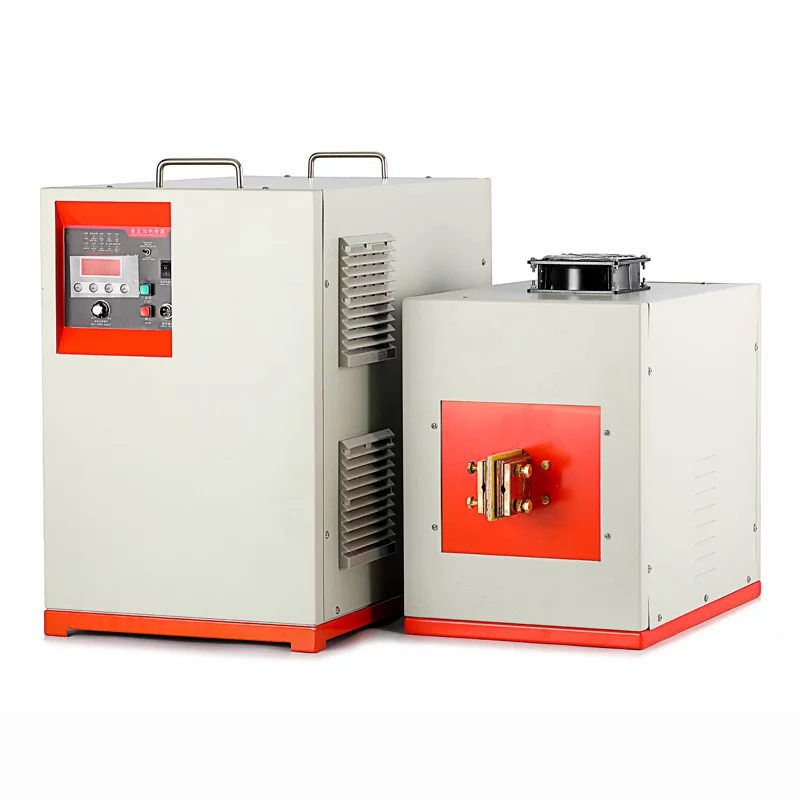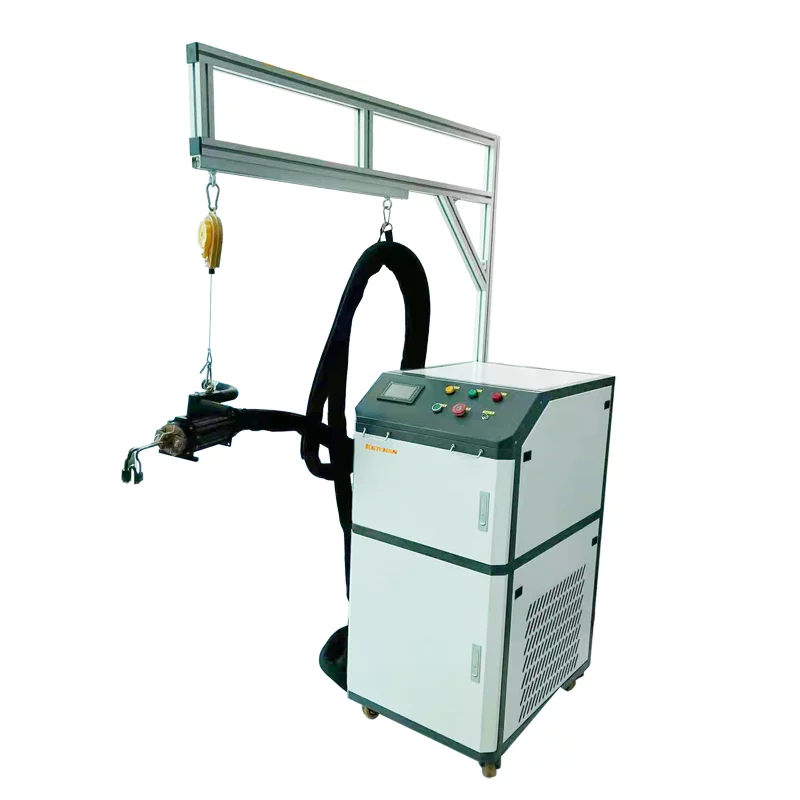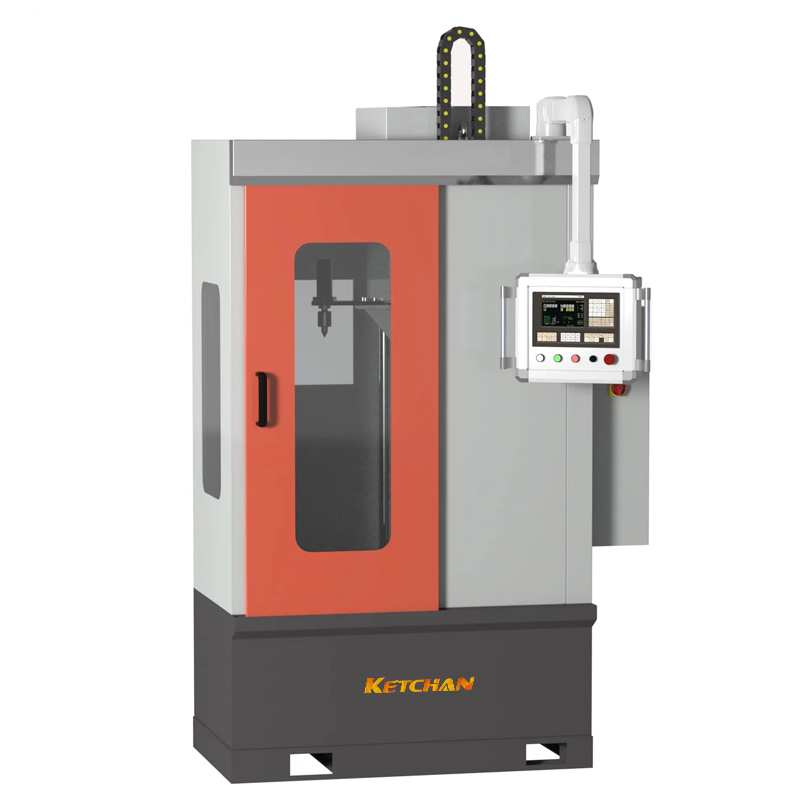In a unified way Φ 50 4140 mm x 300 mm steel bending fatigue test specimens. The samples were austenitized at 860℃ in a protective atmosphere, and then conventional quenching and reverse quenching were performed respectively.
The sample was quenched and heat-treated in mineral oil at 20℃ without stirring to obtain the conventional hardness distribution. The opposite hardness distribution was obtained by quenching and heat treatment in PAG solution at 40℃, stirring speed of 0.8m/s, and concentration of 25%. After quenching, the samples were tempered in a vacuum furnace for 2h at 500 ° C.
The crack growth rate is characterized by the crack growth ratio (percentage) in the total test period:
(Nf – Nc)/Nf
Nf is the number of cycles at the end of the test, Nc is the number of cycles when the first crack appears (Nc is the number of cycles when the stiffness of the sample begins to decline).
Fatigue test is for 16 Hz in frequency, stress ratio R of 0 sine pulse load conditions, the test results, a s-n curve, namely when the nominal stress amplitude and the initial cracking of the fatigue life (cycles) relation curve, although the number of tests is not much, still can see opposite the hardness distribution of the fatigue life of longer than with conventional hardness distribution of the sample.
Under the 270MPa stress conditions used in most of the tests, the fatigue life was increased approximately sevenfold. It has also been observed that the crack propagation portion of the sample with the opposite hardness distribution is more balanced, amounting to 13% to 20% of the total fatigue life.
1) Controllable pre-cooling quenching, or reverse quenching, is likely to increase the hardening depth based on the discontinuous change of cooling speed compared with the conventional quenching practice.
2) For conventional quenching, the average cooling rate in the key temperature range from A1 to 500℃ is reduced from surface to center; In pre-cooling quenching, it is increased.
3) The influence of pre-cooling quenching, i.e. reverse quenching, on the hardness distribution depends on the hardenability and cross-section size of the steel.
4) Pre-cooling quenching can make low-hardenability steel obtain greater hardening depth.
5) For batch workpiece immersion quenching, a high concentration polymer (PAG) solution is the only quench cooling medium suitable for controllable pre-cooling quenching. In addition to the liquid temperature and stirring speed, the main parameter that can be controlled is the polymer concentration, and the polymer film thickness depends on this, so the pre-cooling quenching also depends on the polymer concentration.





